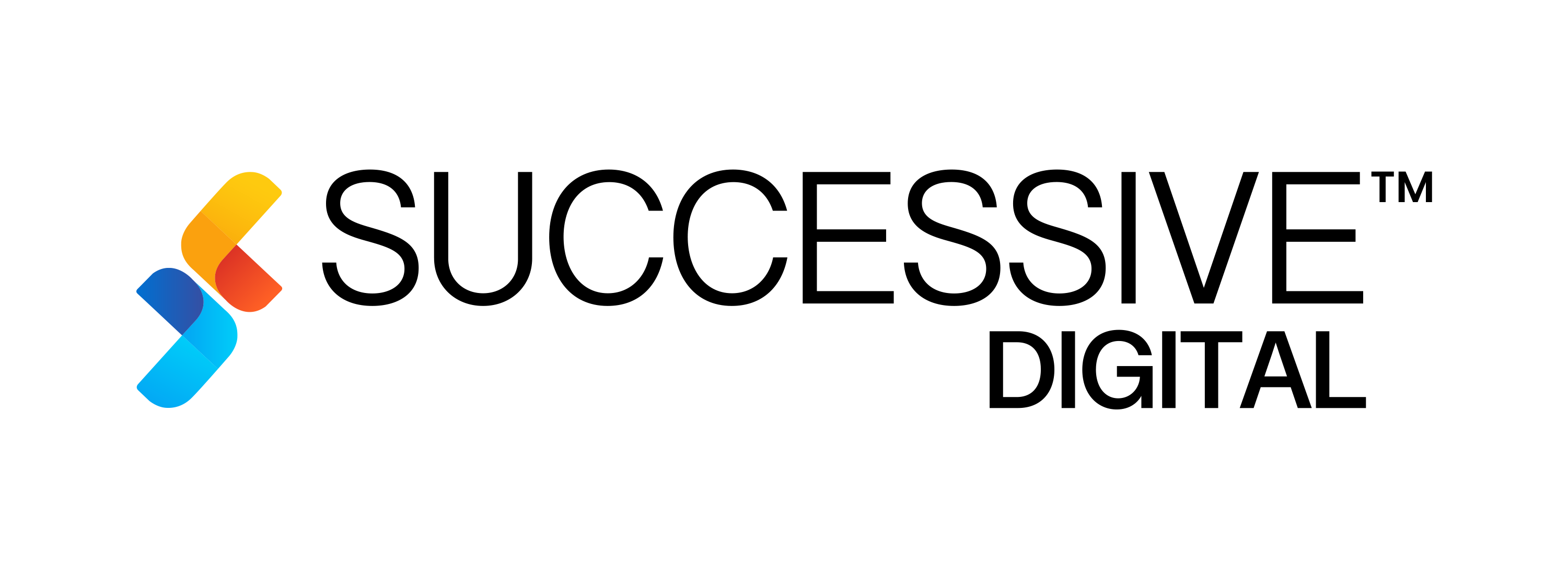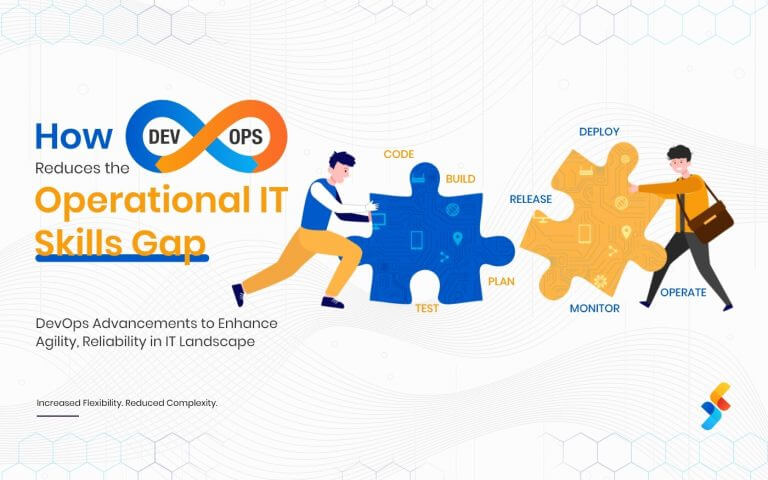Over the last decade, the healthcare industry has undergone a technological transformation right before our eyes— moving from traditional on-premise systems to fully integrated multi-cloud ecosystems. The reason? Healthcare organizations were facing challenges in legacy systems and relying on a single vendor.
Initially driven by cost savings, operational efficiency, and accessibility, cloud adoption gradually evolved into hybrid cloud models and has now advanced to the modern trend of Multi-Cloud Environments.
Multi-cloud environments in healthcare organizations enable them to distribute workloads across multiple cloud providers. Thus providing them with the ability to leverage advanced technical solutions and capabilities of each provider, such as:
- AI/ML models deployment
- Patient data storage
- Collaboration tools
This results in various benefits, such as scalability, flexibility, and cost optimization. However, with this evolution comes the need to address challenges in a highly regulated industry like healthcare, such as:
- Data security
- Compliance and regulations
- Interoperability
Today, healthcare organizations have more technology options than ever before and the one strategy gaining significant traction is the adoption of a multi-cloud approach. This approach allows healthcare providers to avoid vendor lock-in while leveraging the unique strengths of different cloud platforms for specific tasks.
For example, sensitive patient data can be hosted on private clouds to ensure safety. In contrast, advanced AI tools for diagnostics or real-time patient monitoring can utilize public cloud platforms to maximize computational power. This versatility enables healthcare providers to design highly specialized and efficient IT ecosystems that are suitable to their needs.
Understanding Multi-Cloud Strategy
Incorporating multiple cloud services from more than one of the major cloud service providers within the same IT infrastructure (combination of public, private, and hybrid clouds) comes under multi-cloud strategy. It enables businesses to optimize their workloads based on performance, cost, and regulatory requirements.
| Emerging technologies that help businesses interact more closely and in real time with their customers, such as chatbots and digital twins, are reliant upon cloud infrastructure and platform services to meet growing demands for compute and storage power.
75% of organizations will adopt a digital transformation model predicated on the cloud as the fundamental underlying platform. |
Multi-cloud strategy enables healthcare or any other organization to leverage the strengths and benefits of various cloud service providers. This helps to avoid vendor lock-in and increase flexibility and resilience.
Key Benefits of Adopting a Multi-Cloud Strategy in Healthcare Industry
With 95% of hospitals reporting cloud-based technology as the factor of reduced reliance on legacy hardware and software, more and more healthcare organizations are adopting cloud-first strategies or are looking to migrate to the cloud soon. However, a healthcare provider must look for a renowned cloud consulting services provider to establish a well-thought multi-cloud strategy that is fit for organizational growth, collaboration, and productivity.
Let’s understand the specific advantages of using multi-cloud environments for healthcare and life sciences.
-
Optimized Performance
Healthcare systems manage critical applications like patient records, diagnostics, and telemedicine platforms, which require high performance. Multi-cloud enables healthcare organizations to distribute workloads strategically across providers to ensure optimal performance.
For instance, latency-sensitive applications can be hosted on clouds with faster regional access, while computationally intensive tasks like AI-driven imaging analysis can leverage high-performance resources from specialized providers.
-
Flexibility and Choice
Multi-cloud provides unparalleled flexibility, hence allowing organizations to select the most suitable provider for each workload. For example, one provider might excel in ML technology capabilities for diagnostic tools, while another offers superior data storage and archiving solutions.
-
Improved Compliance and Security
Multi-cloud strategies enable healthcare organizations to meet compliance regulations since it ensures the strengths of various providers.
For instance: Sensitive patient data can be stored in private or on-premise clouds with advanced encryption since it contains sensitive information. On the other hand, less sensitive operations can utilize public clouds.
Read our blog explaining everything about HIPAA-compliant app development for the healthcare industry.
-
Avoid Vendor Lock-in
With multi-cloud strategy, healthcare organizations can avoid depending on a single provider, which gives them the freedom to switch providers or adopt new technologies as needed. Hence, this approach ensures a competitive environment among providers, encouraging them to offer the best solutions and pricing.
-
Cost Optimization
Multi-cloud strategies ensure better financial planning by matching workloads to the most cost-effective cloud solutions. Non-critical operations can utilize cost-efficient public clouds, while high-priority tasks are hosted on premium services.
Additionally, competition among providers often leads to better pricing and incentives, allowing healthcare organizations to allocate resources effectively at a reasonable cost without compromising on quality.
Challenges of Implementing Multi-Cloud in Healthcare
-
Complex Security Management
With data and applications distributed across multiple cloud providers, managing a consistent level of security across all platforms can be a significant challenge for healthcare organizations. Different cloud providers have their own security protocols, which can complicate the process of implementing consistent standards across the organization.
-
Integration and Interoperability Issues
Healthcare organizations often use different applications for various functions, such as:
- Patient management
- Data analysis
- Clinical decision support
With multiple cloud providers involved, these applications may not seamlessly integrate with each other, which could lead to data silos and inefficiencies.
-
Higher Management Overhead
Healthcare organizations must allocate more resources to oversee the configuration, monitoring, and maintenance of multi-cloud environments. Without a unified management framework, it becomes challenging to track cloud resource usage, maintain system performance, and ensure compliance.
Therefore, you need expert cloud consulting services to manage various platforms and tools to prevent inefficiencies and errors.
-
Cost Overruns
If not properly managed or without clear budgeting and resource tracking, a multi-cloud approach can lead to significant cost overruns. Therefore, healthcare organizations may need to pay more attention to the operational complexity and need to account for the expenses of managing multiple cloud providers, tools, and systems.
-
Vendor-Specific Compliance Differences
Each cloud provider may have different compliance and regulatory standards that impact healthcare data management. Navigating these vendor-specific compliance differences can be challenging and may require additional resources to ensure fully compliant applications.
Best Practices for Multi-Cloud Implementation in Healthcare
-
Define Clear Objectives
Clear objectives can align healthcare organization staff and other stakeholders with overall business and clinical goals before adopting a multi-cloud strategy. A well-defined roadmap will help guide the entire implementation process and achieve their objectives.
-
Prioritize Security
Healthcare organizations must implement a robust security framework across all cloud environments, consistently meeting encryption, access control, and authentication standards. Regular audits, vulnerability assessments, and threat monitoring should be conducted to ensure that security is always maintained.
-
Leverage Automation Tools
Automation can help with tasks, such as:
- Monitoring resource usage
- Scaling resources
- Ensuring compliance
With the right automation solutions, organizations can reduce the risk of human error, streamline operations, and ensure that systems are always running at optimal performance levels.
-
Establish Strong Governance
Healthcare organizations should create policies and guidelines for managing data and resources across multiple clouds, including:
- Defining roles, responsibilities, and processes
- Making all stakeholders understand their role
- Clear protocols for data access, sharing, and protection
-
Partner with Experienced Providers
Working with trusted providers can help minimize risks and ensure healthcare-specific cloud services that are aligned with requirements and follow basic protocols, such as:
- Data protection
- Patient privacy
- Regulatory compliance
How to Choose the Right Multi-Cloud Partner for Healthcare?
|
Ensure the provider has a solid understanding of healthcare industry regulations and compliance standards and can offer customized solutions that address healthcare-specific needs. |
|
Evaluate the security features of your cloud service providers, including:
However, make sure the provider can guarantee the security of sensitive healthcare data. |
|
The provider should offer flexible solutions that can scale as the healthcare organization’s needs grow. Adjusting resources as needed ensures that the system can handle increased workloads without impacting performance. |
|
Choose a provider that offers transparent pricing and helps optimize cloud resources to avoid overspending. A flexible pricing model that aligns with the organization’s budget is crucial. |
Tapping into Multi-Cloud Strategy in Healthcare with Successive Digital
Customer experience, digital and business outcomes, and the virtual-first world are the factors that can influence the next phase of IaaS growth.
One Size Does Not Fit All !!!
The latest trend in the multi-cloud environment is that no single strategy can be applied to all healthcare organizations. It is more important to have control over cloud strategy and implement it based on IT and application requirements.
Successive Digital’s expertise in multi-cloud strategy implementation can help healthcare organizations navigate cloud adoption and optimization challenges with ease, ensuring the best cloud solutions are customized to their unique needs.
Choose us as the cloud consulting partner for your healthcare services to leverage the full potential of multi-cloud environments and transform the way they deliver care to patients.
FAQs
A multi-cloud environment involves utilizing more than one cloud provider to host different services, applications, or workloads. Organizations adopt this strategy for various aspects, such as:
- Avoid vendor lock-in
- Ensure redundancy
- Optimize cost performance
- Leverage the specific strengths of various cloud providers
| Cloud Type | Definition | Use Case | Key Advantages | Challenges |
| Multi-Cloud | Use of multiple cloud providers for different workloads. | Leveraging AWS for storage, Google Cloud for AI, and Azure for analytics. | Flexibility, redundancy, avoiding vendor lock-in. | Complex security and integration management. |
| Hybrid Cloud | Combination of private and public clouds. | Storing sensitive data on private clouds and running analytics on public clouds. | Security with scalability, regulatory compliance. | Integration and interoperability issues. |
| Private Cloud | Cloud environment dedicated to one organization, hosted on-premise or by a third party. | Sensitive data storage for patient records or financial information. | High control, enhanced security, regulatory alignment. | Higher costs, limited scalability. |
| Public Cloud | Cloud services offered by third-party providers (AWS, Azure, etc.), shared across organizations. | Hosting non-sensitive applications or temporary workloads. | Cost-efficient, easy to scale, no infrastructure needs. | Compliance and data security concerns. |
The best cloud platform for healthcare depends on the service provider’s specific goals and requirements, including:
- Regulatory compliance
- Data security
- Salability
- Cost efficiency
However, some cloud platforms are more commonly adopted in the healthcare industry due to their robust capabilities in meeting healthcare-specific requirements, and those are:
- Amazon Web Services: Storage and computing needs
- Microsoft Azure: Communication and collaboration tools
- Google Cloud: AI-powered analytics
- IBM Cloud: For security needs












